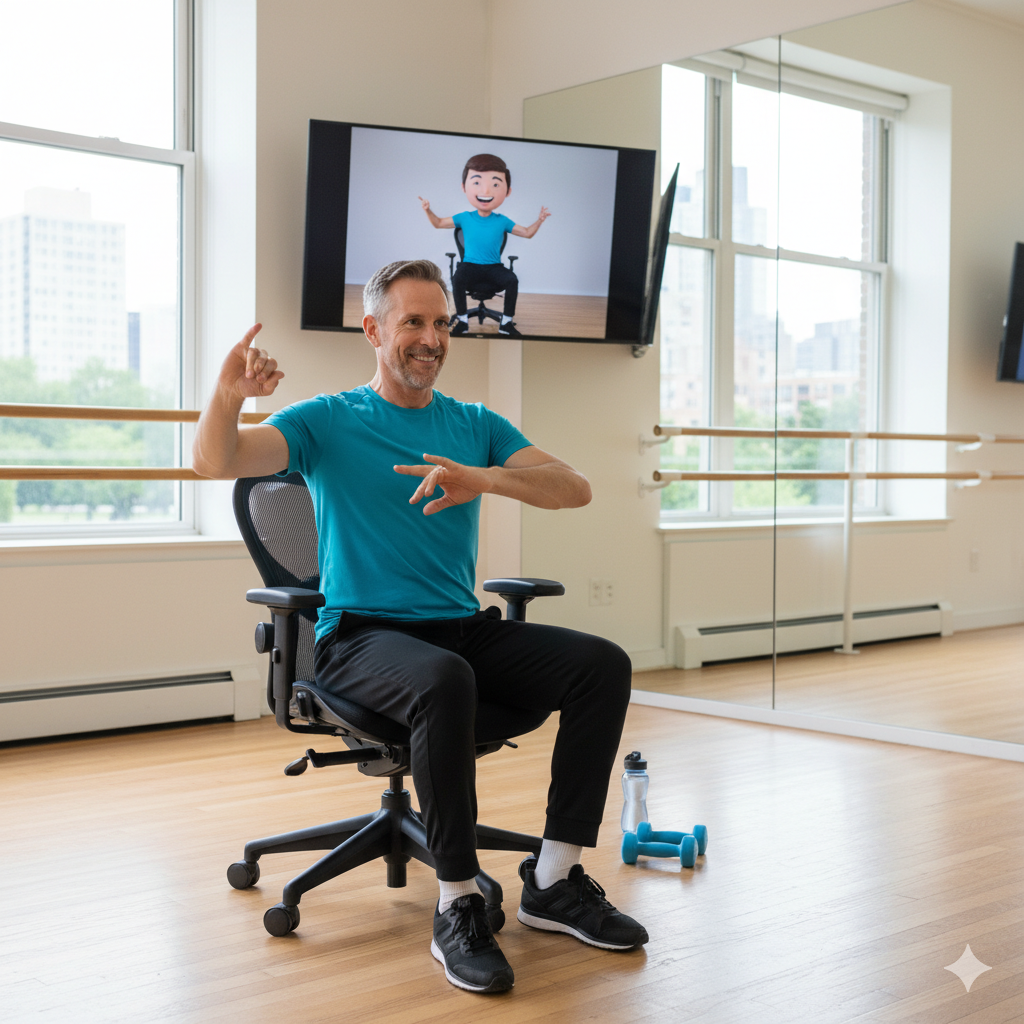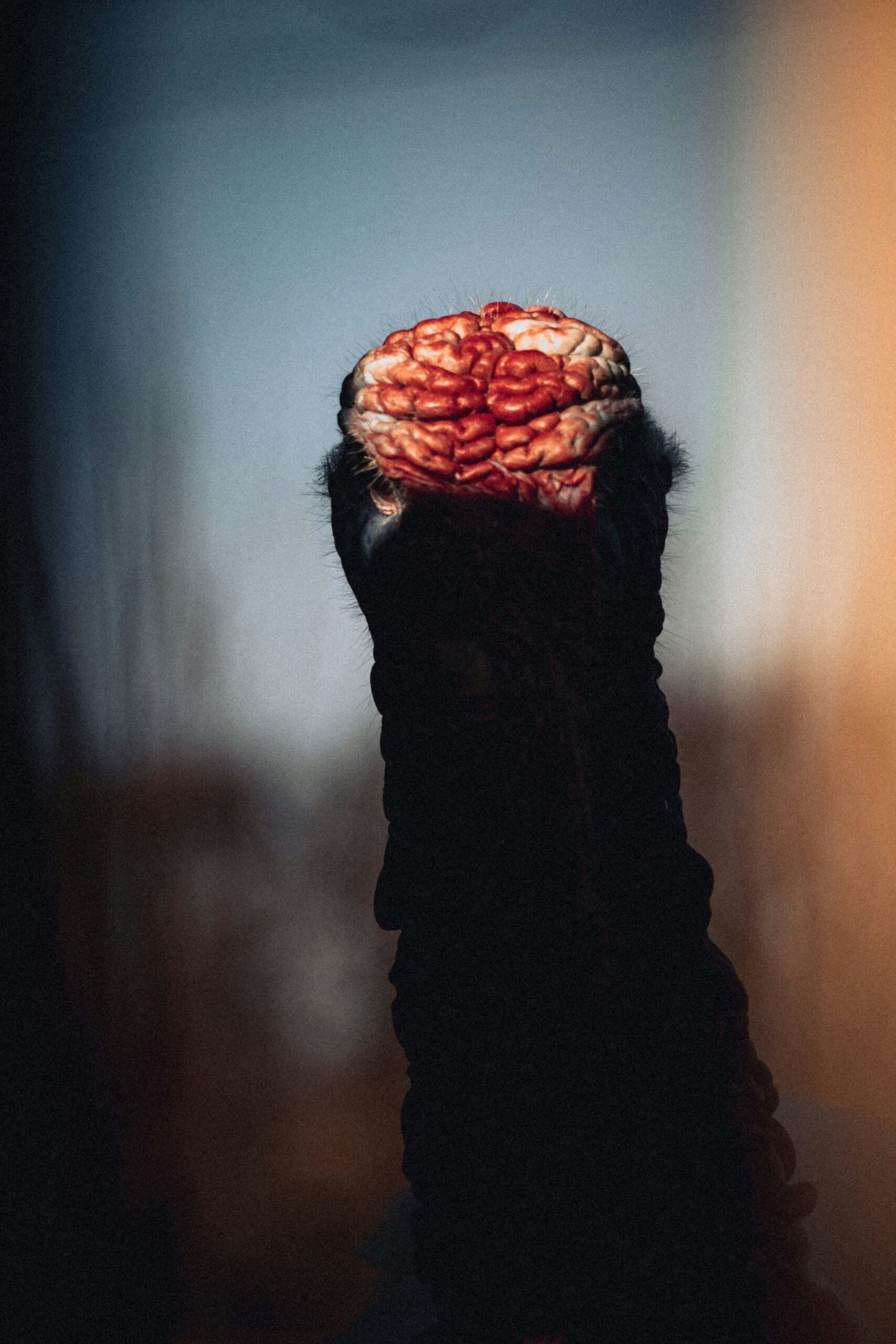The headline-grabbing breakthrough sounds like sci-fi: the bacteria turning waste plastic into painkillers are not exotic extremophiles but humble E. coli, the biotech workhorse found in labs worldwide. In a 2025 study led by the University of Edinburgh, researchers engineered E. coli to convert PET plastic (think drinks bottles) into paracetamol/acetaminophen in under 24 hours, with reported yields around 90–92% and very low process emissions. In effect, they taught microbes to chew on a plastic-derived intermediate and ferment it into one of the world’s most-used painkillers. University of Edinburgh+2Chemical & Engineering News+2
Below, we break down seven big implications—from greener drug manufacturing and circular-economy feedstocks to the rise of faster microbial “factories” like Vibrio natriegens—and what has to happen before the bacteria turning waste plastic into painkillers can scale from column inches to commercial reactors.

1) From oil to upcycling: paracetamol without the fossil pedigree
Conventional paracetamol synthesis starts from fossil-derived aromatics. The Edinburgh team instead routes from PET waste: chemically depolymerize bottles to terephthalic-derived intermediates, feed a tailored small molecule to engineered E. coli, then leverage a biocompatible Lossen rearrangement inside the cells to reach PABA (para-aminobenzoic acid) and onward to paracetamol. The clever twist is that phosphate within E. coli catalyzes a step chemists assumed needed harsher conditions, allowing the hybrid chem/bio pathway to run at room temperature in a fermenter. That’s why the bacteria turning waste plastic into painkillers are a sustainability story as much as a synthesis one. The Guardian+1
Why it matters: If this holds at pilot scale, drugmakers could decouple a commodity analgesic from virgin petrochemicals and reduce process CO₂, while cities gain a higher-value outlet for PET beyond bottles-to-bottles recycling. Early reports from the university, C&EN and Science News point to fast conversions (≤24 h) and high yields (≈90–100% under lab conditions), the first ingredients of an economic case. University of Edinburgh+2Chemical & Engineering News+2
2) Why E. coli again? Because scale loves a reliable chassis
Skeptics ask: why are the bacteria turning waste plastic into painkillers always E. coli? History answers. E. coli helped decode the genetic code, hosted the first recombinant DNA constructs, and became the factory for human insulin in 1978, proving microbes can safely produce blockbuster medicines. Industry knows how to design plasmids, promoters, knock-ins/outs, and bioreactors around this chassis—and regulators know how to qualify it. That installed base shortens the path from paper to pilot. PMC+1
Caveat: Even the best-behaved E. coli strains have limits (e.g., product toxicity, membrane transport, by-product build-up). But toolkits to tune tolerance and secretion are mature—and that maturity is why researchers so often choose E. coli as the bacteria turning waste plastic into painkillers in proof-of-concept work. PMC

3) From buzzword to bill of materials: what circular pharma could look like
If the bacteria turning waste plastic into painkillers scale, a future paracetamol supply chain might look like this:
- Upstream: Municipal or private facilities depolymerize PET at scale (glycolysis, hydrolysis, or enzymatic routes) and refine it into a clean, consistent intermediate.
- Bioconversion: Contract fermenters feed the intermediate to E. coli strains carrying the Edinburgh pathway; phosphate-driven rearrangement and engineered enzymes drive the cascade to paracetamol.
- Downstream: Standard crystallization/purification; QA/QC according to pharmacopeia; integrate into tablet lines.
None of that is trivial. But cities are already building PET sorting & depolymerization hubs; pharma already runs GMP fermentation for biologics and enzymes. The remaining step is validating that microbes can reliably upcycle plastic-derived streams into APIs—a vision the bacteria turning waste plastic into painkillers now make technically credible. Chemical & Engineering News
4) The constraints: purity, regulation, and techno-economics
Three early hurdles stand between the bacteria turning waste plastic into painkillers and a plant startup:
- Feedstock variability: Post-consumer plastic can carry dyes, additives, and contaminants. PET depolymerization must yield pharma-grade intermediates at price points competitive with oil-based precursors.
- GMP compliance: Even though E. coli-made insulin set the precedent, every new API route must satisfy ICH/FDA/EMA standards for impurities, residuals, and reproducibility. That means robust analytical methods and validation campaigns. PMC
- Unit economics: Reported lab yields (≈90–100%) and fast cycle times are promising; commercial viability will hinge on capex/opex, solvent balances, utilities, and downstream polishing costs. Early C&EN coverage highlights near-quantitative conversion under controlled conditions, but pilots have to prove it with real-world PET streams. Chemical & Engineering News

5) Beyond paracetamol: a platform for other APIs and aromas
Stephen Wallace’s group has a record of using engineered E. coli to valorize gnarly waste: from plastic into vanilla flavor in earlier work, to fatberg-derived feedstocks into fragrance compounds. That track record hints at a broader menu: many APIs and fine chemicals share aromatic backbones; if the bacteria turning waste plastic into painkillers can be re-tooled with modular enzymes, one could imagine anti-inflammatories, anesthetics, or intermediates built from the same PET-derived pool. The immediate next step isn’t new drugs; it’s more molecules from the same circular feedstock. Technology Networks+2gtr.ukri.org+2
6) The “faster factory” challenge: enter Vibrio natriegens
Even as E. coli headlines the bacteria turning waste plastic into painkillers, a challenger is emerging: Vibrio natriegens (V. nat), a salt-marsh bacterium with a sub-10-minute doubling time—roughly 2× faster than E. coli. Labs at Cornell and elsewhere are building toolkits to make V. nat a next-gen chassis, with early papers showcasing rapid cloning, transformation, and protein expression in a single workday. If those tools harden and process control catches up, V. nat could cut cycle times and capex, accelerating bioconversions like the plastic-to-paracetamol route—or enabling new ones that E. coli can’t handle. Springer Nature Experiments+1
Reality check: 2025 reviews still flag gaps in standardized genetic parts, strain stability, and industrial-scale validation for V. nat. In other words, the speed demon is real, but E. coli remains the safest bet for near-term plants—even as developers watch V. nat closely. PMC

7) Timeline to truth: what to watch in the next 12–36 months
If you want to track whether the bacteria turning waste plastic into painkillers become more than a headline, watch for:
- Pilot runs using post-consumer PET (not lab-grade) that publish mass & energy balances, impurity profiles, and a credible techno-economic analysis. Chemical & Engineering News
- Regulatory dialogues: pre-submission meetings and quality-by-design packages that map critical process parameters and controls for biogenic paracetamol.
- Supply-chain partnerships: tie-ups between municipal recyclers, depolymerization tech providers, CDMOs, and pharmaceutical companies willing to validate the API at scale.
- Licensing & IP: evidence of pathway licensing or spin-outs focused on waste-to-API platforms.
- Chassis diversification: tool releases and pilot data for V. nat that show real-world uptime and productivities on aromatic feedstocks. PMC
The bigger picture: why this story resonates
The bacteria turning waste plastic into painkillers embody a systems win: chemistry meets synthetic biology, waste management meets pharma manufacturing, and climate goals meet healthcare access. No, a lab demo isn’t a factory. But we’ve seen this movie before: in 1978, E. coli-made insulin proved that microbes could manufacture life-saving medicines reliably, safely, and at scale—an idea that was radical then and routine now. The plastic-to-paracetamol route won’t be routine tomorrow. Yet it points to a future where piles of PET aren’t just a recycling headache—they’re feedstock for essential drugs.
When that happens, the bacteria turning waste plastic into painkillers won’t just be a clever headline. They’ll be part of how cities manage trash, how companies secure APIs, and how patients get a tablet that treats pain and shrinks a footprint.

External sources (use these as inline links/citations)
- University of Edinburgh (official news): “Microbes transform plastic waste into paracetamol” (project summary, sustainability framing). University of Edinburgh
- C&EN (ACS): Research feature with Nature Chemistry DOI; near-quantitative conversion from PET-derived substrates. Chemical & Engineering News
- The Guardian (science desk): Mechanistic explainer (biocompatible Lossen rearrangement; enzyme additions). The Guardian
- Science News: Lab yield ≈92%; <24 h pathway overview. Science News
- Edinburgh Innovations: Tech-transfer perspective on plastic-to-paracetamol. Edinburgh Innovations
- Technology Networks: Lay summary of the engineered pathway (PET → paracetamol) in E. coli. Technology Networks
- Insulin precedent: Reviews of 1978 recombinant insulin in E. coli (history & regulatory context). PMC+1
- Vibrio natriegens (fast chassis): Foundational paper on <10-min doubling and toolkit development; Cornell news on low-cost, rapid workflows; 2025 toolkit review. Springer Nature Experiments+2Cornell Chronicle+2
- Related waste-to-fragrance work: Early project notes/news on fatberg-to-perfume via engineered E. coli (emerging circular chemistry use-case). gtr.ukri.org+1


